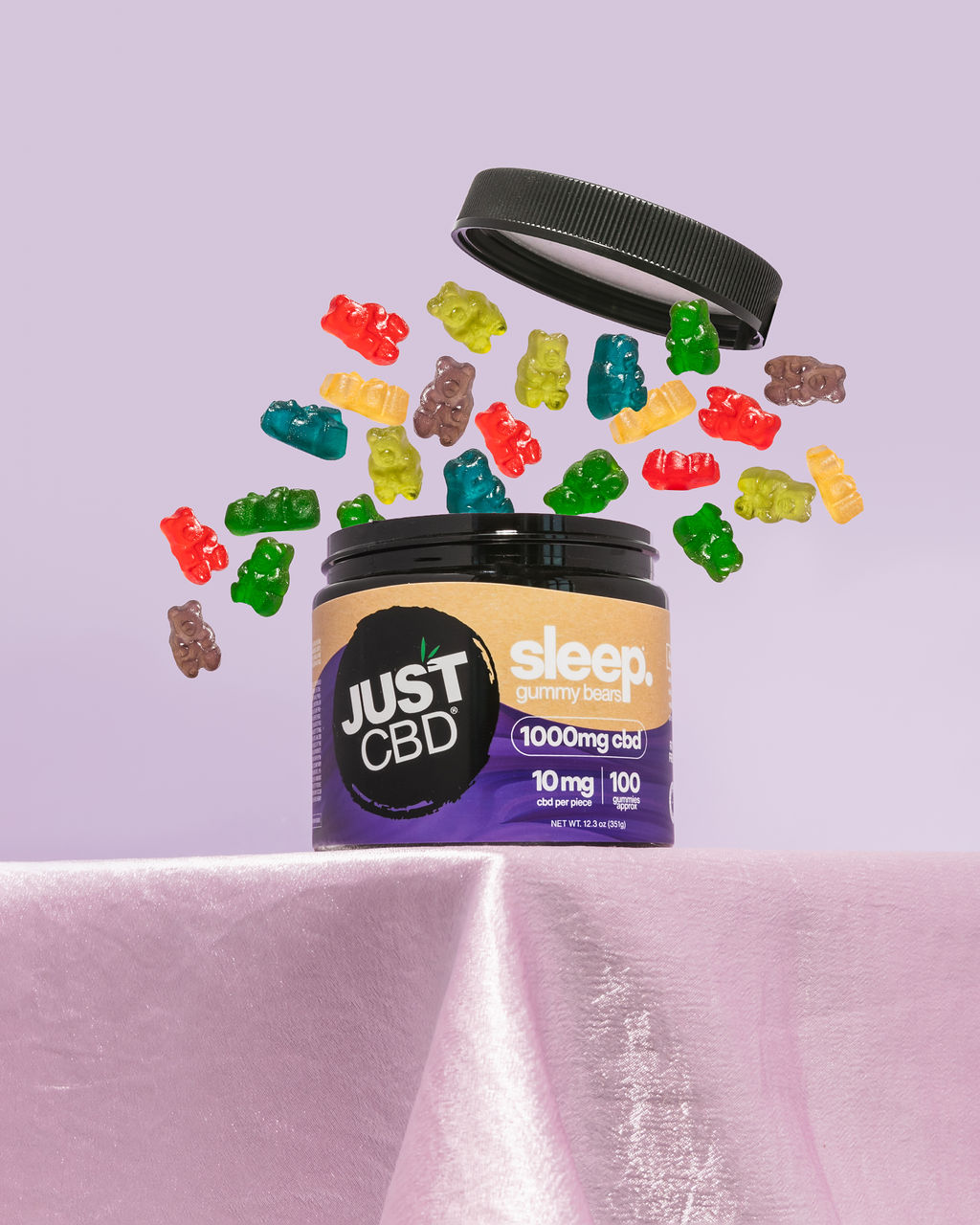Factors Affecting Optimal Kratom Dosage
Determining the optimal kratom dosage is a deeply personal journey, influenced by a multitude of factors unique to each individual.
Let me know if you’d like me to continue writing the article!
Body Weight
Body weight plays a significant role in determining the right kratom dosage. Individuals with higher body weights generally require larger doses to experience the desired effects, while those with lower body weights may find that smaller doses are sufficient.
Individual Metabolism
Individual metabolism significantly impacts how the body processes and responds to kratom. Some people metabolize substances quickly, requiring higher doses for noticeable effects. Others metabolize more slowly, finding that smaller doses provide a stronger response.
Experience Level
Experience level is another crucial factor to consider. Beginners typically start with lower doses to gauge their tolerance and assess the effects. As they gain experience, they may gradually increase their dosage until they find the optimal amount for their desired outcome.
Desired Effects
The specific effects sought also play a role in determining the appropriate kratom dose. Individuals seeking pain relief might require a higher dose than those looking for a gentle boost in mood or energy.
Moreover, the type of kratom strain used can influence dosage needs. Different strains have varying alkaloid profiles, leading to diverse effects and potency levels. For instance, red vein kratom strains are often associated with stronger sedative effects and may require smaller doses than white vein strains known for their energizing properties.
General Dosage Guidelines
Determining the optimal dose of kratom is a highly individualized process.
Low Dose (1-3 grams)
Low-dose kratom (1-3 grams) is often recommended for beginners or those seeking subtle effects.
This range can be effective for promoting mild mood elevation, reducing stress, and improving focus.
It’s important to start with the lowest dose within this range and gradually increase it as needed while carefully observing the effects.
Medium Dose (3-5 grams)
Medium-dose kratom (3-5 grams) falls into a popular range for many users who are seeking noticeable but moderate effects.
- This dosage can effectively alleviate mild to moderate pain.
- It may also enhance mood, reduce anxiety, and promote relaxation.
- Users often report increased energy levels and improved focus at this dosage.

High Dose (5+ grams)
High-dose kratom (5+ grams) is generally recommended for experienced users seeking potent effects. This dosage range can be effective for managing severe pain, inducing relaxation, and producing a more pronounced sedative effect.

However, it’s crucial to proceed with extreme caution when using high doses of kratom. Side effects like nausea, vomiting, constipation, and drowsiness can become more pronounced at this level.
Finding Your Sweet Spot
Determining the optimal kratom dosage is a deeply personal journey, influenced by a multitude of factors unique to each individual.
Let me know if you’d like me to continue writing the article!
Start Low and Go Slow
Start Low and Go Slow is a fundamental principle in exploring any new substance, and kratom is no exception. Begin with a small dose (around 1-2 grams) and observe the effects carefully.
Wait at least an hour before considering an increase. If you don’t experience the desired effects, you can gradually increment your dose by 0.5 to 1 gram increments until you find a comfortable level.
It’s essential to listen to your body and respect its responses.
Monitor Your Response
Monitor Your Response: Pay close attention to how your body reacts to each dose. Notice any changes in mood, energy levels, pain perception, or other sensations.

Keep a journal to track your dosages and the corresponding effects. This can help you identify patterns and determine what works best for you.
Be Patient: Finding your sweet spot takes time and experimentation. Don’t get discouraged if your first few attempts don’t yield the desired results.
Adjustments May Be Needed: Over time, your tolerance to kratom may change, requiring you to adjust your dosage accordingly.
Adjust Accordingly
Determining the optimal kratom dosage is a deeply personal journey, influenced by a multitude of factors unique to each individual.
Body weight plays a significant role in determining the right kratom dosage. Individuals with higher body weights generally require larger doses to experience the desired effects, while those with lower body weights may find that smaller doses are sufficient.
Individual metabolism significantly impacts how the body processes and responds to kratom. Some people metabolize substances quickly, requiring higher doses for noticeable effects. Others metabolize more slowly, finding that smaller doses provide a stronger response.
Experience level is another crucial factor to consider. Beginners typically start with lower doses to gauge their tolerance and assess the effects. As they gain experience, they may gradually increase their dosage until they find the optimal amount for their desired outcome.
The specific effects sought also play a role in determining the appropriate kratom dose. Individuals seeking pain relief might require a higher dose than those looking for a gentle boost in mood or energy.
Moreover, the type of kratom strain used can influence dosage needs. Different strains have varying alkaloid profiles, leading to diverse effects and potency levels. For instance, red vein kratom strains are often associated with stronger sedative effects and may require smaller doses than white vein strains known for their energizing properties.
Determining the optimal dose of kratom is a highly individualized process.
- Low-dose kratom (1-3 grams) is often recommended for beginners or those seeking subtle effects. This range can be effective for promoting mild mood elevation, reducing stress, and improving focus.
- Medium-dose kratom (3-5 grams) falls into a popular range for many users who are seeking noticeable but moderate effects. It may effectively alleviate mild to moderate pain, enhance mood, reduce anxiety, and promote relaxation
- High-dose kratom (5+ grams) is generally recommended for experienced users seeking potent effects. This dosage range can be effective for managing severe pain, inducing relaxation, and producing a more pronounced sedative effect.
Remember that even at low doses, kratom can have significant effects. It’s essential to start slow, monitor your response carefully, and adjust your dosage as needed.
Potential Side Effects and Precautions
Before using kratom, it’s crucial to be aware of potential side effects and take necessary precautions. Common side effects may include nausea, vomiting, constipation, dizziness, and drowsiness. Kratom can also interact with certain medications, including opioids and antidepressants.
Common Side Effects
Kratom can have various side effects, some of which can be serious. It’s essential to be aware of these potential risks before using kratom.
- Nausea and Vomiting: These are among the most common side effects of kratom, particularly at higher doses.
- Constipation: Kratom can slow down bowel movements, leading to constipation.
- Drowsiness and Dizziness: Kratom can cause drowsiness and dizziness, especially at higher doses.
- Headache and Muscle Pain: Some people experience headaches or muscle pain after using kratom.
- Increased Heart Rate and Blood Pressure: Kratom can potentially elevate heart rate and blood pressure.
It’s important to note that these side effects may vary depending on the dosage, individual sensitivity, and other factors.
Contraindications
Certain individuals should exercise extreme caution or avoid kratom altogether.
Pregnant or breastfeeding women should not use kratom due to a lack of research on its safety for these populations.
Individuals with pre-existing liver or kidney conditions should consult a healthcare professional before using kratom, as it may put extra strain on these organs.
Those taking medications, particularly opioids, antidepressants, or blood thinners, should exercise extreme caution when using kratom, as interactions could lead to adverse effects.
Kratom can also be habit-forming and has the potential for abuse. It’s essential to use it responsibly and avoid relying on it as a primary solution for any health concerns.
Pregnancy and Breastfeeding
Potential side effects of kratom can vary depending on dosage, individual sensitivity, and other factors. Common side effects include nausea, vomiting, constipation, dizziness, drowsiness, headache, and muscle pain.
It’s crucial to start with a low dose and gradually increase it as needed while monitoring for any adverse reactions.
Pregnant or breastfeeding women should avoid kratom due to limited research on its safety for these populations.
Individuals with liver or kidney problems, as well as those taking medications, especially opioids, antidepressants, or blood thinners, should consult a healthcare professional before using kratom.
Kratom can be habit-forming and has the potential for abuse. It’s essential to use it responsibly and avoid relying on it as a primary solution for any health concerns.
Kratom Sourcing and Quality
The quality of kratom powder is paramount for ensuring a safe and effective experience. Factors such as sourcing, processing methods, and storage conditions can significantly impact the alkaloid content, purity, and overall safety of the product.
Reputable Vendors
Choosing a reputable vendor is crucial for obtaining high-quality kratom. Look for vendors who prioritize transparency in their sourcing practices and lab testing procedures. Reputable vendors will openly disclose where their kratom originates from, provide details about the harvesting and processing methods used, and offer third-party lab reports that confirm the product’s purity and alkaloid content.
Seek out vendors with positive customer reviews and a history of providing consistent quality products. Online forums and communities dedicated to kratom often feature discussions and recommendations from experienced users who can provide valuable insights into reputable vendors.
Lab Testing
Lab testing is an essential aspect of ensuring the quality and safety of kratom powder. Independent labs analyze samples for various factors, including:
**Alkaloid Content:** Kratom’s therapeutic effects are attributed to its alkaloid compounds, primarily mitragynine and 7-hydroxymitragynine. Lab testing determines the precise levels of these alkaloids present in a given sample, ensuring that users receive the expected effects and minimizing the risk of inconsistencies.
**Heavy Metals and Pesticides:** Contamination with heavy metals like lead or mercury, as well as pesticides used in agricultural practices, can pose serious health risks. Reliable lab testing helps identify and eliminate contaminated batches, safeguarding consumers from potential harm.
Microbial Contamination: Bacteria, fungi, or mold growth can occur during cultivation, harvesting, or processing. Lab tests ensure that kratom products are free from harmful microorganisms that could lead to infections or illnesses.
Reputable kratom vendors will readily provide third-party lab reports from accredited labs. These reports offer detailed insights into the composition and purity of their products, allowing consumers to make informed decisions about their purchases.
Organic vs. Non-Organic Kratom
Choosing between organic and non-organic kratom primarily comes down to personal preference and priorities.
Organic kratom is grown without the use of synthetic pesticides, herbicides, or fertilizers. This approach promotes biodiversity, reduces environmental impact, and minimizes the potential for harmful residues in the final product.
Advocates of organic kratom argue that it offers a cleaner and potentially safer option due to the absence of these chemical inputs.
However, there are some considerations to keep in mind.
Organic certification can be expensive, and this may result in slightly higher prices for organic kratom compared to non-organic varieties. Additionally, the availability of certified organic kratom might be more limited than non-organic options.
Non-organic kratom, on the other hand, may be subject to the use of conventional agricultural practices that involve synthetic pesticides and fertilizers. While these chemicals are regulated, there is a concern that residues may remain in the final product.
Ultimately, the decision between organic and non-organic kratom depends on your individual values and concerns. If sustainability and minimizing exposure to potential chemical residues are paramount for you, organic kratom might be the preferred choice. However, if cost is a primary factor or organic options are limited in availability, non-organic kratom can still be a viable option.
Legal Status of Kratom
The legal status of kratom varies greatly depending on the country and even within individual states or regions.
In some countries, kratom is fully legal and readily available for purchase. Others have completely banned it due to concerns about its potential for abuse and health risks.
The United States has a complex patchwork of regulations regarding kratom. While it’s not currently classified as a controlled substance at the federal level, several states have enacted their own bans or restrictions on kratom sales and possession.
It’s essential to be aware of the specific laws in your jurisdiction before purchasing or using kratom.
Federal Legality in the United States**
The legal status of kratom is a complex and evolving issue, varying greatly around the world.
In some countries, kratom is fully legal and readily available for purchase, while others have completely banned it due to concerns about its potential for abuse and health risks.
The United States has a patchwork of regulations regarding kratom.
At the federal level, kratom is not currently classified as a controlled substance. However, several states have enacted their own bans or restrictions on kratom sales and possession.
It’s crucial to be aware of the specific laws in your jurisdiction before purchasing or using kratom.
Kratom Powder for focus and mood improvement
- Retinol Peel Near Caterham, Surrey - November 3, 2025
- Redensity 1 Skin Booster Treatments Near Peper Harow, Surrey - November 2, 2025
- Redensity 1 Skin Booster Treatments Near Chelsham, Surrey - November 1, 2025
